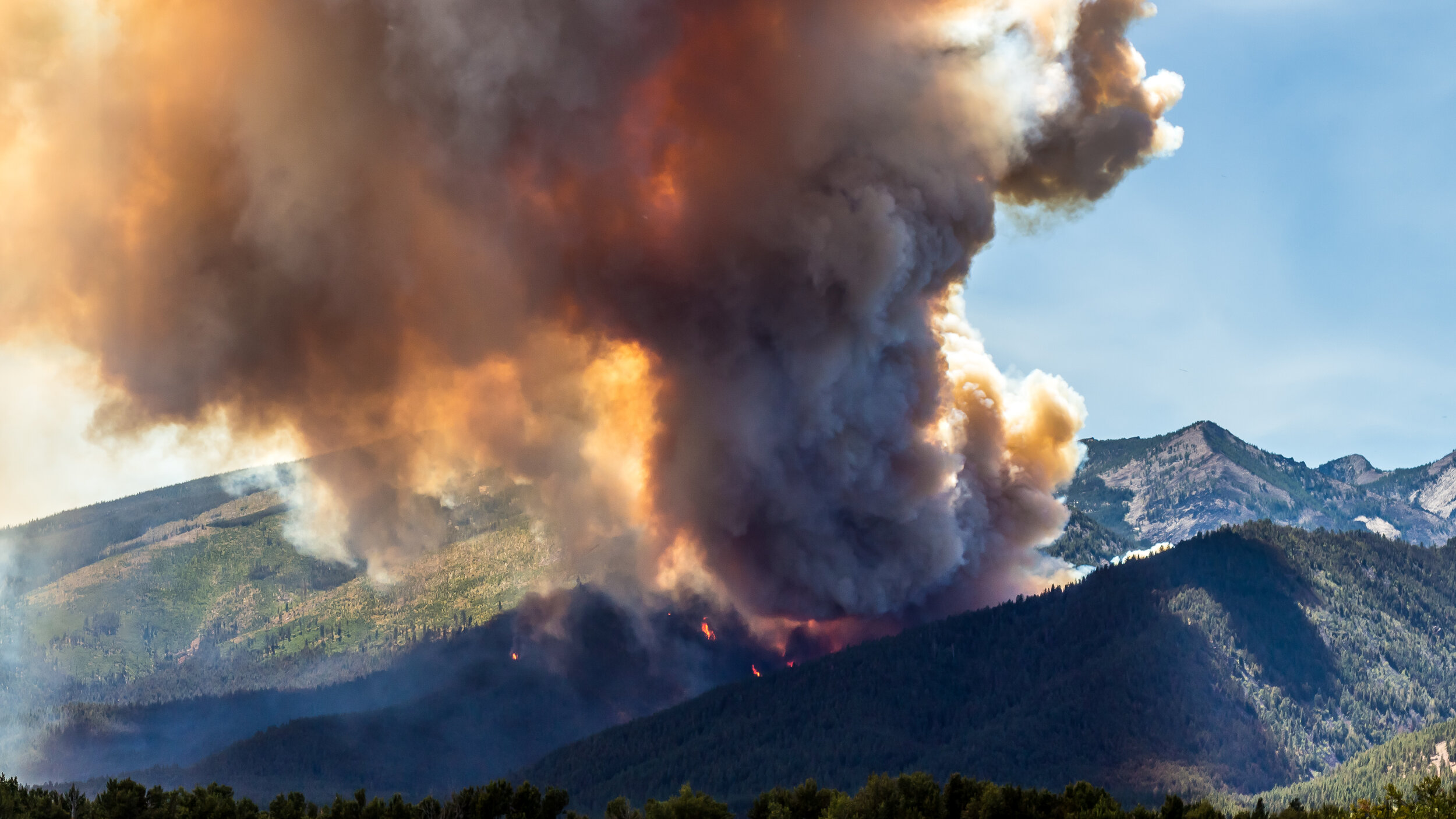
Research
We are a multi-disciplinary hydroclimatology group studying the climatological causes and impacts of changes in terrestrial water availability.
Our approach is to use large paleo, observational, and modeled datasets to explore past, current, and future hydroclimatic change, why these changes occur, and how they affect life on earth.
Reconstruction
How have precipitation, soil moisture, and runoff varied over the past centuries to millennia? How have key modes of atmospheric circulation (e.g., atmospheric ridging events that promote rapid drought in the Great Plains) varied over the past millennium? How can this information aid our characterization of risks to extreme events and our ability to diagnose drivers of multi-decade to multi-century hydroclimateic variations such as the infamous medieval megadroughts that occurred in western North America?
Hydroclimatology, climate-change attribution, and projection
How has natural variability and anthropogenic climate change affected observed hydroclimatic changes such as extreme precipitation events and soil-moisture droughts? How do changes in climate, atmospheric chemistry, and human activities affect vegetation and how do these effects feed back to drive further changes in climate and water availability?
Impacts on life
Can we use reconstructions, observations, and modeling to evaluate how natural climate variability and human-caused climate change have affected difficult-to-model processes such as wildfire, soil-moisture change, and forest productivity?
PC: Mike Daniels


